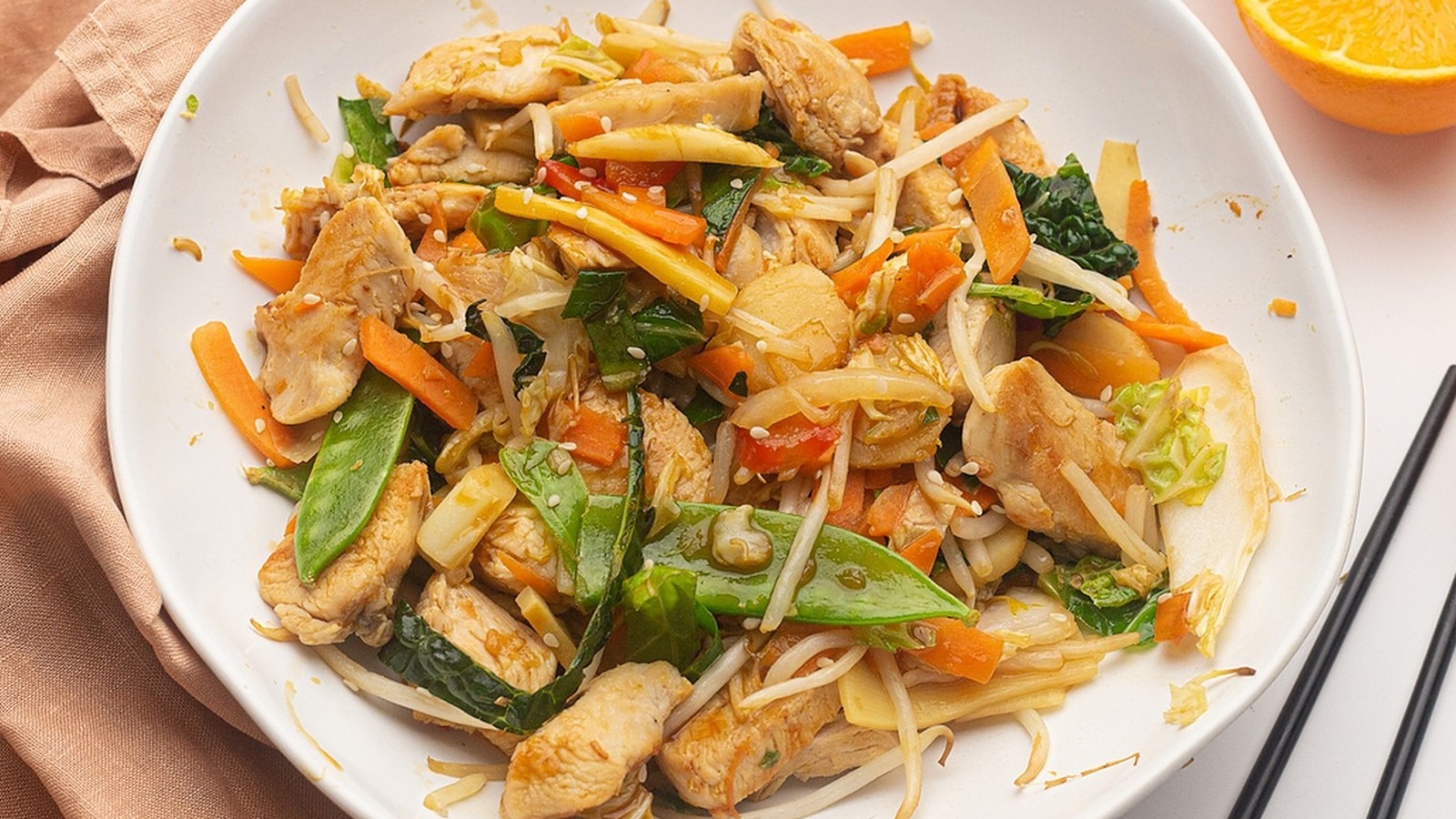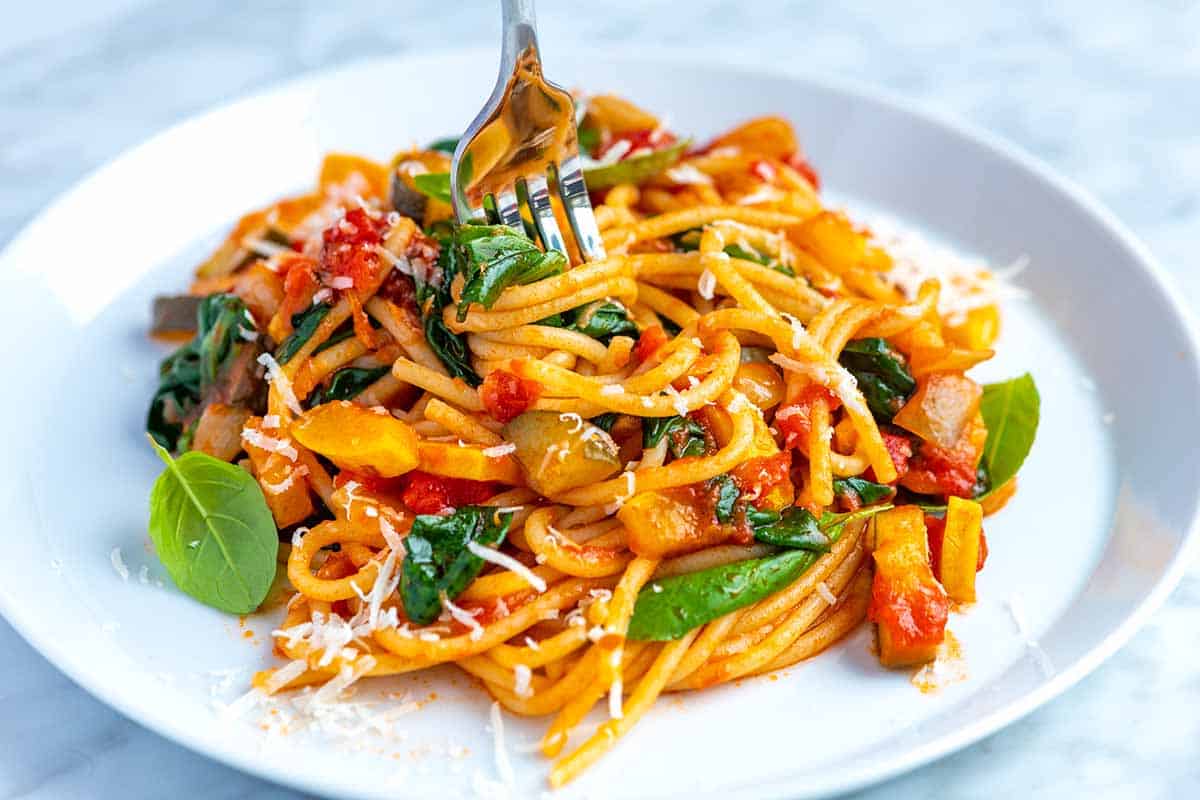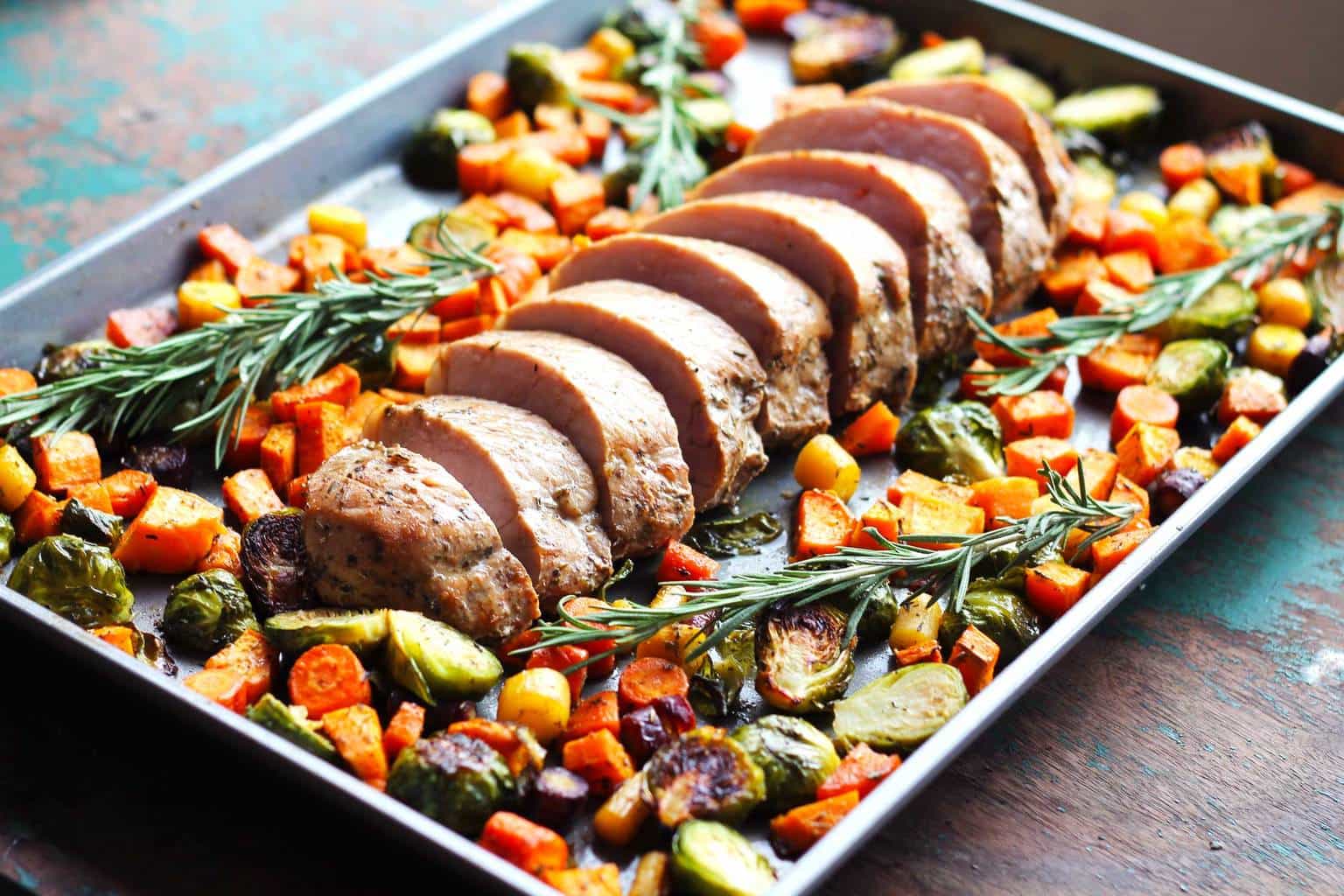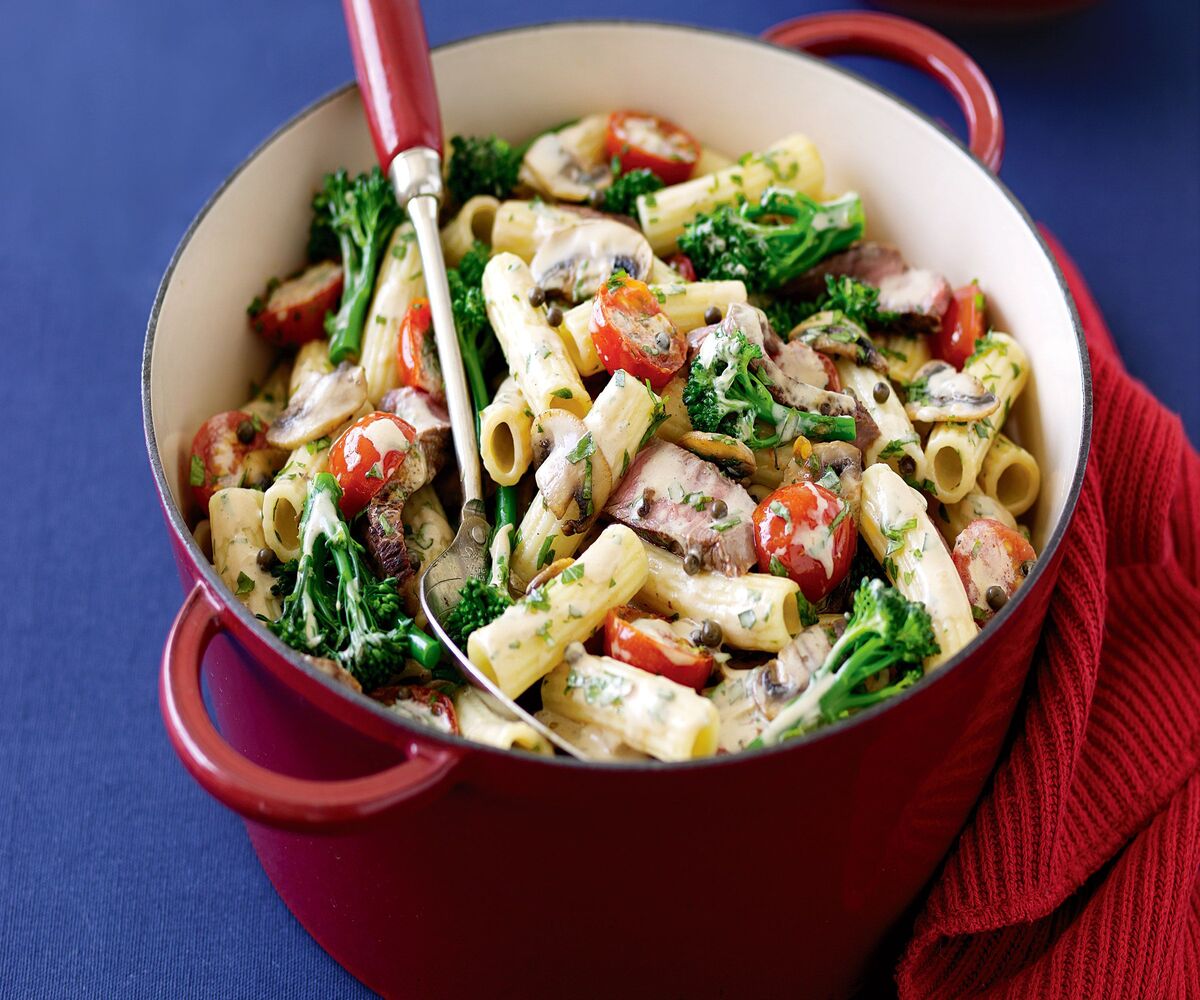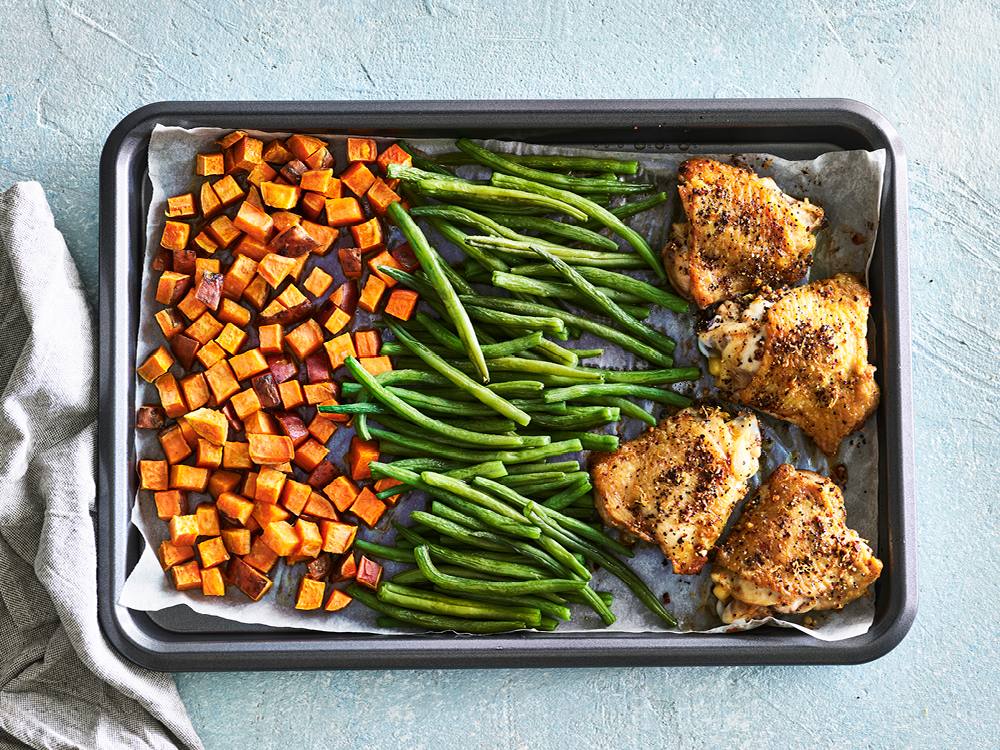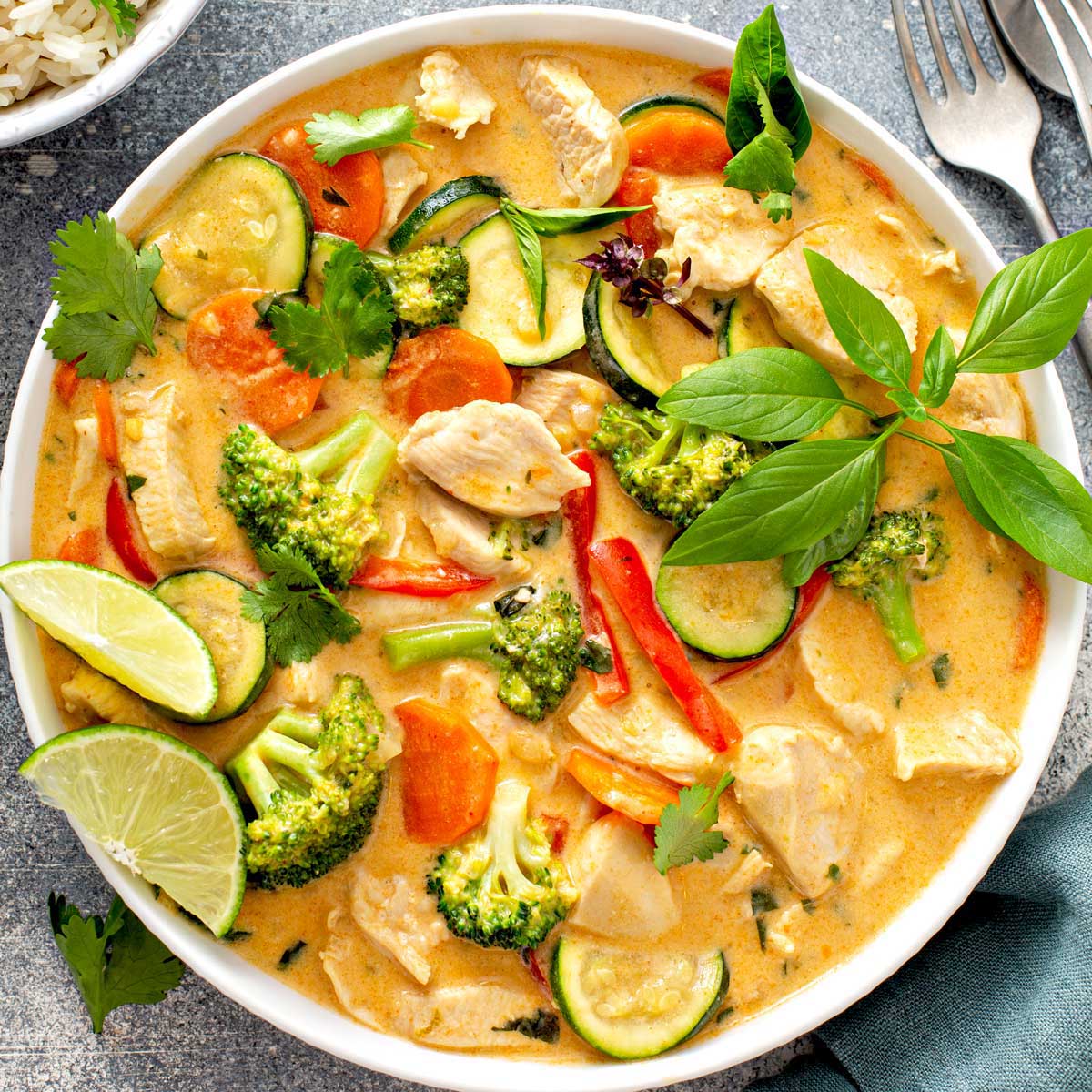Home>Gardening News and Trends>Latest News>What Vegetables Go In Jambalaya
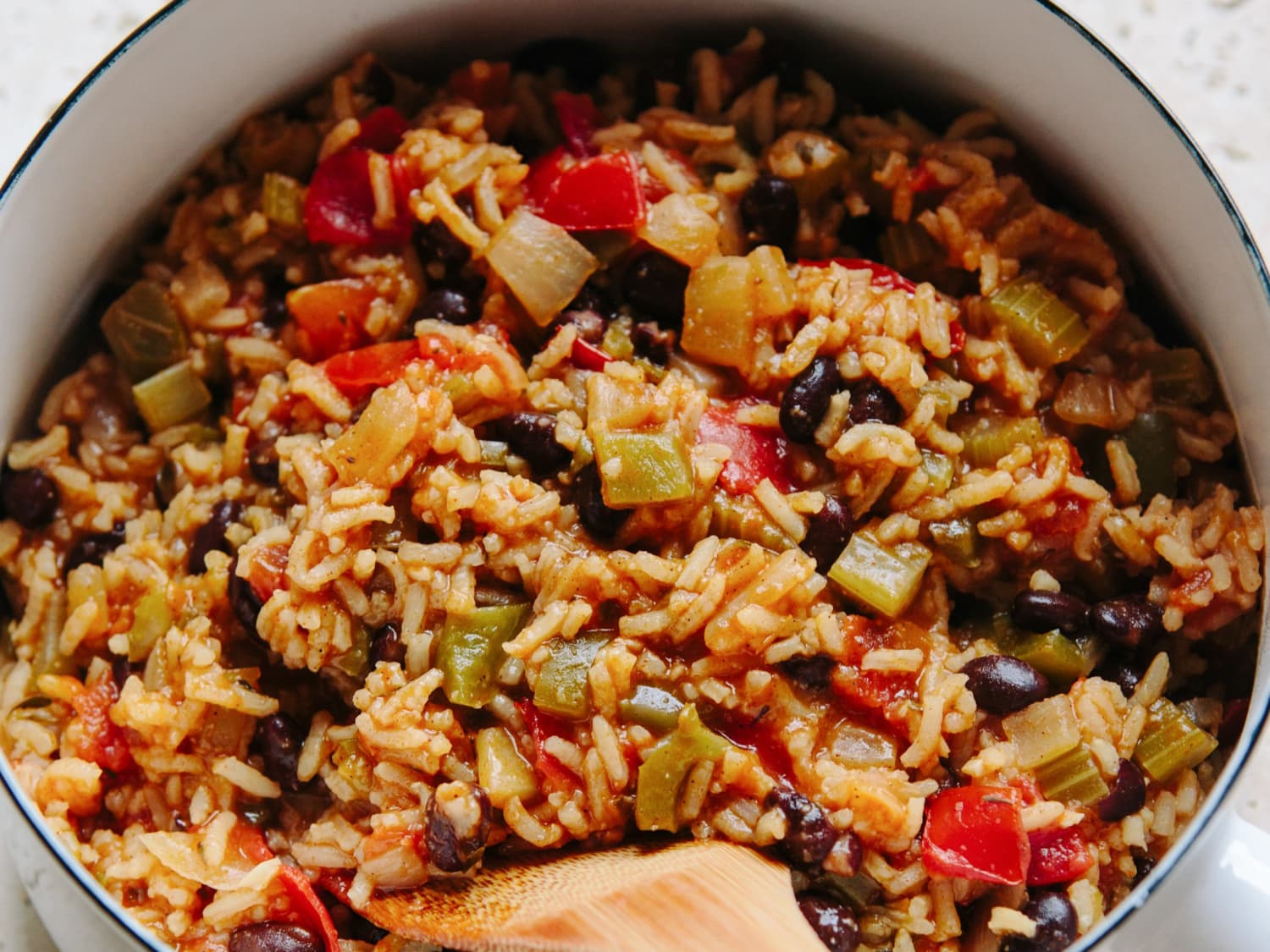

Latest News
What Vegetables Go In Jambalaya
Modified: January 22, 2024
Discover the latest news about which vegetables go in jambalaya and create the perfect mouthwatering dish with our expert tips and recipes.
(Many of the links in this article redirect to a specific reviewed product. Your purchase of these products through affiliate links helps to generate commission for Chicagolandgardening.com, at no extra cost. Learn more)
Table of Contents
Introduction
Jambalaya is a classic Creole dish that originated in Louisiana, known for its bold flavors and hearty ingredients. While meat and seafood often take center stage in traditional jambalaya recipes, adding vegetables can be a fantastic way to enhance the dish’s depth and nutritional value. By incorporating a variety of colorful vegetables, you can create a delicious and satisfying jambalaya that is not only flavorful but also packed with vitamins and minerals.
Vegetables bring a refreshing and vibrant element to jambalaya, helping to balance out the richness of the meat or seafood. They add texture, color, and nutritional value to the dish, making it more well-rounded and satisfying. Whether you are a vegetarian, vegan, or simply looking to incorporate more plant-based options into your diet, adding vegetables to jambalaya can create a wholesome and flavorful dish that everyone can enjoy.
Not only do vegetables provide essential nutrients, but they also offer a range of flavors and textures that can complement the spices and richness of the jambalaya. From bell peppers to okra to onions, the addition of vegetables can elevate the taste profile of the dish, creating a unique and delicious culinary experience.
In this article, we will explore the traditional ingredients of jambalaya and discuss how to incorporate vegetables into this beloved dish. We will also explore popular vegetable variations and provide cooking tips to ensure your jambalaya turns out flavorful and satisfying every time. So, whether you are a seasoned jambalaya connoisseur or a beginner in the world of Cajun cooking, get ready to learn how to make a jambalaya that is brimming with colorful and nutritious vegetables.
Traditional Ingredients of Jambalaya
Jambalaya is a dish steeped in tradition and history. Its origins can be traced back to the fusion of French, Spanish, and West African cuisines in Louisiana. The traditional ingredients of jambalaya showcase the diverse culinary heritage of the region.
At its core, jambalaya is a one-pot meal consisting of rice, protein, and an array of aromatic vegetables and spices. The protein component can vary from meat options like sausage, chicken, or ham, to seafood choices like shrimp, crab, or crawfish. The spices typically include a blend of paprika, cayenne pepper, thyme, and oregano, which give jambalaya its distinctive zesty flavor.
While meat and seafood take center stage in jambalaya, vegetables also play an important supporting role. The traditional holy trinity of Cajun and Creole cooking—onions, celery, and bell peppers—is the foundation of many jambalaya recipes. These aromatic vegetables provide a robust flavor base that enhances the overall taste of the dish.
In addition to the holy trinity, other vegetables commonly found in traditional jambalaya include garlic, tomatoes, and parsley. Garlic adds depth and a hint of pungency, while tomatoes contribute acidity and sweetness to balance the flavors. Fresh parsley, added as a garnish, provides a burst of freshness and a pop of vibrant green color.
The combination of these ingredients, along with the unique spice blend, creates the soulful and complex flavors of traditional jambalaya. The dish is cooked slowly, allowing the ingredients to meld together and develop a rich and hearty taste.
It’s important to note that while the traditional version of jambalaya may not focus heavily on vegetables, it is highly adaptable to incorporate more plant-based elements. By adding additional vegetables or substituting meat with plant-based alternatives, you can create a vegetarian or vegan variation that retains the essence and flavors of jambalaya.
Now that we’ve explored the traditional ingredients of jambalaya, let’s delve into the exciting world of incorporating vegetables into this beloved dish.
Incorporating Vegetables into Jambalaya
While jambalaya traditionally features meat or seafood as its main protein, incorporating vegetables into the dish provides a fantastic opportunity to add a burst of flavor, color, and nutrients. Vegetables not only enhance the overall taste profile of jambalaya but also make it more satisfying and nutritious.
One of the easiest ways to incorporate vegetables into jambalaya is to include them alongside the protein component. For example, you can sauté onions, bell peppers, and celery with the meat or seafood, allowing the flavors to meld together. These vegetables not only add a delightful crunch and natural sweetness but also provide a nutritious boost with their vitamins and minerals.
Another method is to use vegetables as a substitute for the protein. For a vegetarian or vegan jambalaya, you can replace the meat or seafood with plant-based alternatives such as tofu, tempeh, or seitan. These protein sources can be marinated and cooked with the same spices and seasonings, providing the dish with a similar depth of flavor.
Additionally, adding a variety of vegetables that complement the spices in jambalaya can take the dish to the next level. Okra, for example, is a popular vegetable found in Creole cooking and can add a unique texture and a subtle earthy flavor to jambalaya. Zucchini, corn, and peas are also excellent options that contribute sweetness and a pleasant crunch.
Don’t forget to experiment with different vegetable combinations to discover your own signature jambalaya. For instance, you can add diced tomatoes and mushrooms for an extra umami kick or incorporate a touch of heat with jalapenos or cayenne pepper. The possibilities are endless, allowing you to create a customized jambalaya that suits your taste preferences.
It’s important to note that when adding vegetables to jambalaya, it’s crucial to consider their cooking times. Softer vegetables like bell peppers and zucchini can be added earlier in the cooking process to allow them to soften and infuse their flavors into the dish. On the other hand, more delicate vegetables like peas or spinach can be added towards the end to maintain their vibrant colors and retain their freshness.
Incorporating vegetables into jambalaya not only adds a nutritional boost but also allows for endless creativity in flavor combinations. The addition of colorful vegetables creates a visually appealing dish that is both hearty and satisfying. So, get ready to elevate your jambalaya by embracing the versatility of vegetables.
Popular Vegetable Variations in Jambalaya
When it comes to jambalaya, the possibilities for vegetable variations are endless. While the holy trinity of onions, celery, and bell peppers forms the foundation of traditional jambalaya, there are numerous other vegetables that can be incorporated to add their own distinct flavors and textures to the dish.
One popular vegetable in jambalaya is okra. Known for its unique slimy texture when cooked, okra adds a pleasant mouthfeel and earthy flavor to the dish. It also acts as a natural thickening agent, giving the jambalaya a slightly hearty consistency. Sliced okra can be added along with the other vegetables, allowing it to cook and release its flavors into the dish.
Another favorite vegetable variation in jambalaya is tomatoes. Diced tomatoes contribute acidity and sweetness, balancing out the spices and richness of the dish. They also add a vibrant red color and a burst of juiciness, enhancing the overall visual appeal of the jambalaya. Incorporate tomatoes by adding them along with the other vegetables, allowing them to cook down and release their juices.
Corn is another vegetable that can add a delightful sweetness to jambalaya. Fresh or frozen corn kernels can be added towards the end of the cooking process, providing a contrasting texture and a burst of flavor. The natural sweetness of the corn complements the spices and adds a touch of freshness to the dish.
Zucchini is a versatile vegetable that adds a pleasant crunch and mellow earthiness to jambalaya. It can be diced and added along with the other vegetables, adding depth and moisture to the dish. Zucchini also absorbs the flavors of the spices and enhances the overall taste profile of the jambalaya.
In addition to these popular options, feel free to experiment with other vegetables that suit your taste preferences. Eggplant, green beans, and even leafy greens like spinach or kale can all be wonderful additions to jambalaya, offering different textures and flavors.
Remember to consider the cooking times of the vegetables when adding them to jambalaya. Vegetables that require longer cooking times, such as okra or eggplant, can be added earlier in the cooking process, while more delicate vegetables like spinach or green beans can be added towards the end to maintain their vibrant colors and freshness.
Each vegetable variation brings its own unique characteristics to jambalaya, allowing you to tailor the dish to your preferences and create a truly customized flavor experience. So, don’t be afraid to get creative and explore the wonderful world of vegetable variations in jambalaya.
Cooking Tips for Vegetables in Jambalaya
Cooking vegetables in jambalaya requires a delicate balance to ensure they are flavorful, tender, and retain their vibrant colors. Here are some helpful tips to ensure your vegetable-filled jambalaya turns out perfect every time:
- Preparation is Key: Start by washing, peeling, and chopping the vegetables according to your recipe’s instructions. Uniformly diced or sliced vegetables will cook more evenly and create a visually appealing dish.
- Sauté for Flavor: Sautéing the vegetables before adding them to the jambalaya can enhance their flavors. Heat some oil in a large pot or skillet and cook the vegetables over medium heat until they are slightly softened and lightly browned. This step helps to develop their natural sweetness and adds depth to the overall dish.
- Consider Cooking Times: When adding vegetables to jambalaya, it’s essential to consider their cooking times. Harder and denser vegetables like onions or bell peppers can be added at the beginning, allowing them to cook and infuse their flavors into the dish over time. Softer vegetables like zucchini or spinach should be added towards the end to prevent overcooking and maintain their texture and color.
- Maintain Texture: To retain the crunch and texture of certain vegetables, such as bell peppers or corn kernels, you can add them later in the cooking process. This ensures they have a slight bite and maintain their vibrant colors.
- Don’t Overcook: Overcooking vegetables in jambalaya can result in mushy, unappetizing textures. It’s best to slightly undercook them, as they will continue to cook in the flavorful broth of the jambalaya. This will help retain their natural crunch and prevent them from becoming too soft.
- Freshness Matters: Whenever possible, use fresh vegetables for the best flavor and texture in your jambalaya. Fresh vegetables tend to have a firmer texture and more vibrant taste. However, if fresh options are not available, frozen vegetables can be a convenient and acceptable substitute.
- Adjust Seasonings: Adding vegetables to jambalaya may affect the overall taste of the dish. You may need to adjust the seasonings such as salt, pepper, and spices to ensure a well-balanced flavor profile. Taste and adjust as necessary to suit your preferences.
- Experiment and Adapt: Jambalaya is a versatile dish that can be adapted to suit different tastes and dietary preferences. Don’t be afraid to experiment with different vegetable combinations or even try substituting meat with plant-based alternatives. The joy of cooking is in the creativity, so feel free to make the dish your own!
By following these cooking tips, you can ensure that the vegetables in your jambalaya are cooked to perfection, adding depth, flavor, and visual appeal to your dish. So, grab your apron and get ready to create a delicious vegetable-infused jambalaya that will impress family and friends alike.
Conclusion
Jambalaya is a beloved dish known for its bold flavors and hearty ingredients. While traditionally focused on meat or seafood, incorporating vegetables into jambalaya offers a world of possibilities. By adding a variety of colorful and nutritious vegetables, you can enhance the taste, texture, and nutritional value of your jambalaya.
From the classic holy trinity of onions, celery, and bell peppers to popular variations like okra, tomatoes, corn, and zucchini, vegetables bring a refreshing and vibrant element to jambalaya. They provide a balance to the richness of the dish, adding complexity and depth. Whether you choose to sauté the vegetables, use them as a protein substitute, or experiment with different combinations, the addition of vegetables elevates jambalaya to new heights.
When cooking with vegetables in jambalaya, it’s important to consider factors such as preparation, sautéing, cooking times, and maintaining texture to ensure optimal results. By following these cooking tips, you can create a jambalaya that showcases the vibrant colors, flavors, and textures of the vegetables.
Whether you are a vegetarian, vegan, or simply looking to incorporate more plant-based options into your diet, adding vegetables to jambalaya allows for customization and creativity in the kitchen. The adaptability of this dish ensures that everyone can enjoy a flavorful and nutritious jambalaya, tailored to their own tastes and dietary needs.
So, whether you’re a seasoned jambalaya enthusiast or a beginner in the world of Cajun and Creole cuisine, don’t hesitate to embrace the versatility of vegetables in jambalaya. With the fusion of flavors, the vibrant colors, and the nutritional benefits they provide, vegetables are the perfect addition to take your jambalaya to the next level. Get ready to savor a delectable and wholesome dish that will delight your taste buds and satisfy your cravings.



